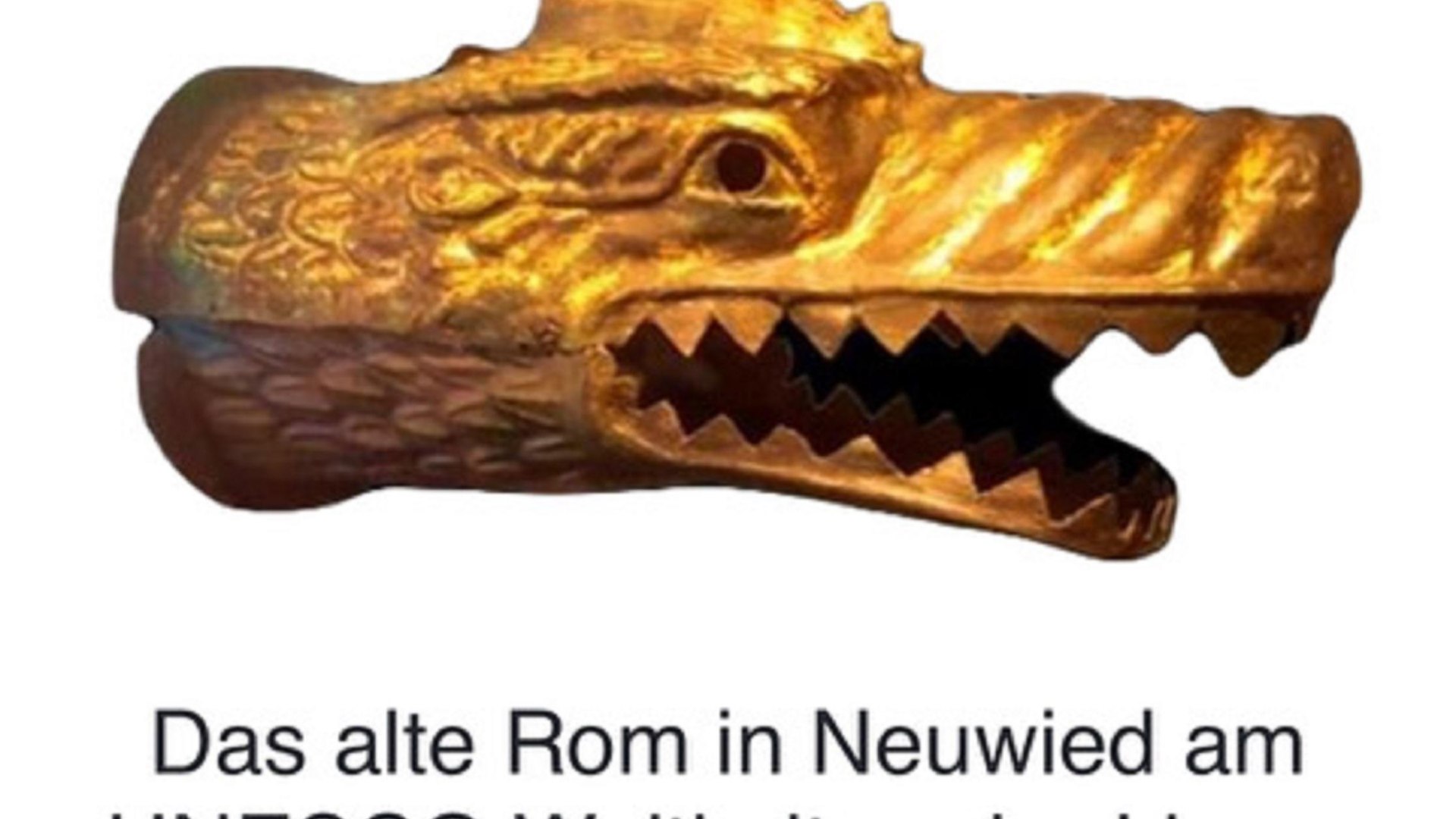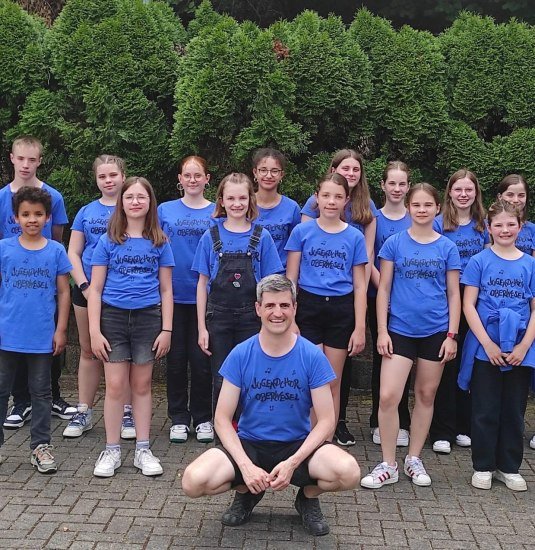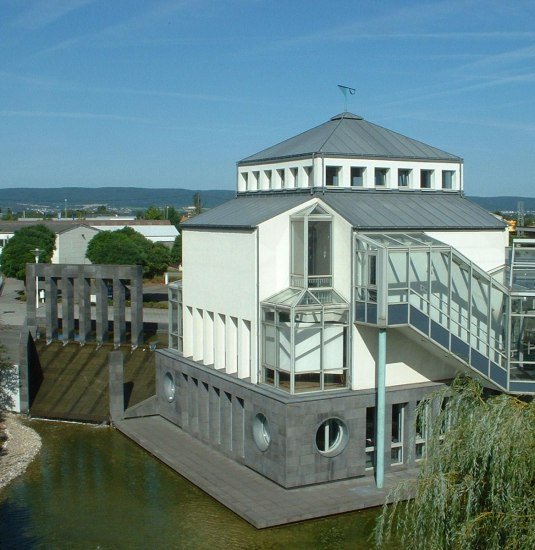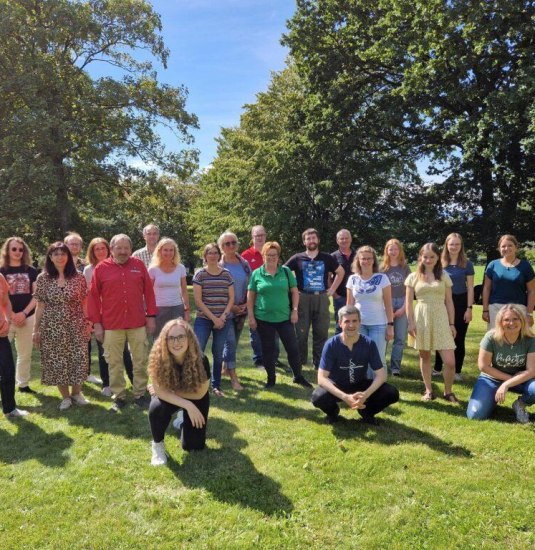Sunday, 01.06.2025
ADFC: Drachenkopfweg am UNESCO-Welterbetag 2025
Ackerskaul 1, 56566 Neuwied
The Roman Empire is one of the largest empires that ever existed. The Upper Germanic-Rhaetian Limes forms part of the Roman border fortifications with forts, watchtowers, walls, and palisades, with which the former world power delineated its empire against free Germania. In 2005, it was awarded the UNESCO World Heritage title as part of the transnational World Heritage site "Frontiers of the Roman Empire." The recognized borders are an extraordinary example of military architecture and construction in the Roman Empire. They testify to the power of the Roman Empire and its significant influence on the territories it ruled. They also bear witness to the exchange of human and cultural values during the peak of the Roman Empire. The ADFC Neuwied, in cooperation with Conrad Lunar, the originator of the Drachenkopfweg trail, offers a cycling tour following the traces of the Romans. The name of the route refers to the gilded cavalry standard found during excavations at the fort of Niederbieber. The starting point is at the Engers Riverside at river kilometer 602, where a milestone depicts Caesar's crossing of the Rhine in 55 BC. From there, we follow the Drachenkopfweg, which is described in detail on the website https://www.drachenkopfweg.de. Along the approximately 44-kilometer route, a total of 11 sites of Roman military architecture as well as other evidence and relics of Roman settlement will be visited. In total, 530 meters of elevation must be overcome. Except for the 5 km section from Anhausen to the Oberbieber reservoir, the paths are almost exclusively paved. The longest ascent leads from Heimbach-Weis through the forest predominantly along the Limes to the small fort Anhausen. For the route, mountain bikes, gravel or trekking bikes, as well as everyday bicycles and pedelecs with robust tires are suitable. Given the inclines, a certain level of fitness is advisable. Short breaks will be taken at the total of 11 points with explanations of uncovered and partially reconstructed Roman finds. More information can be found on the Drachenkopfweg website.




